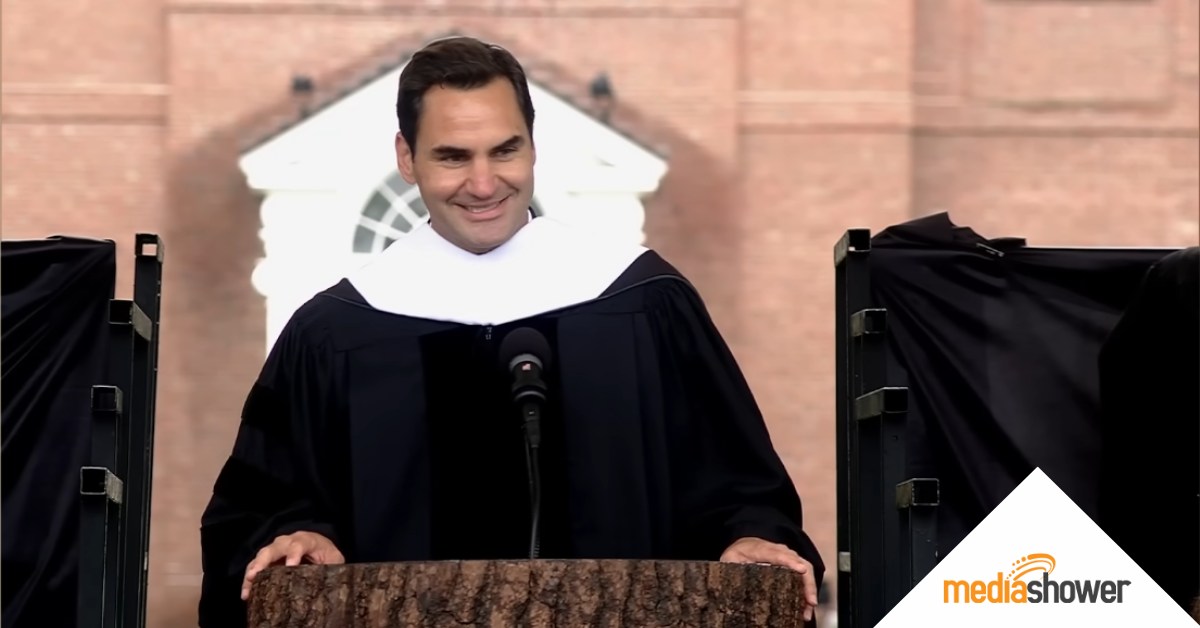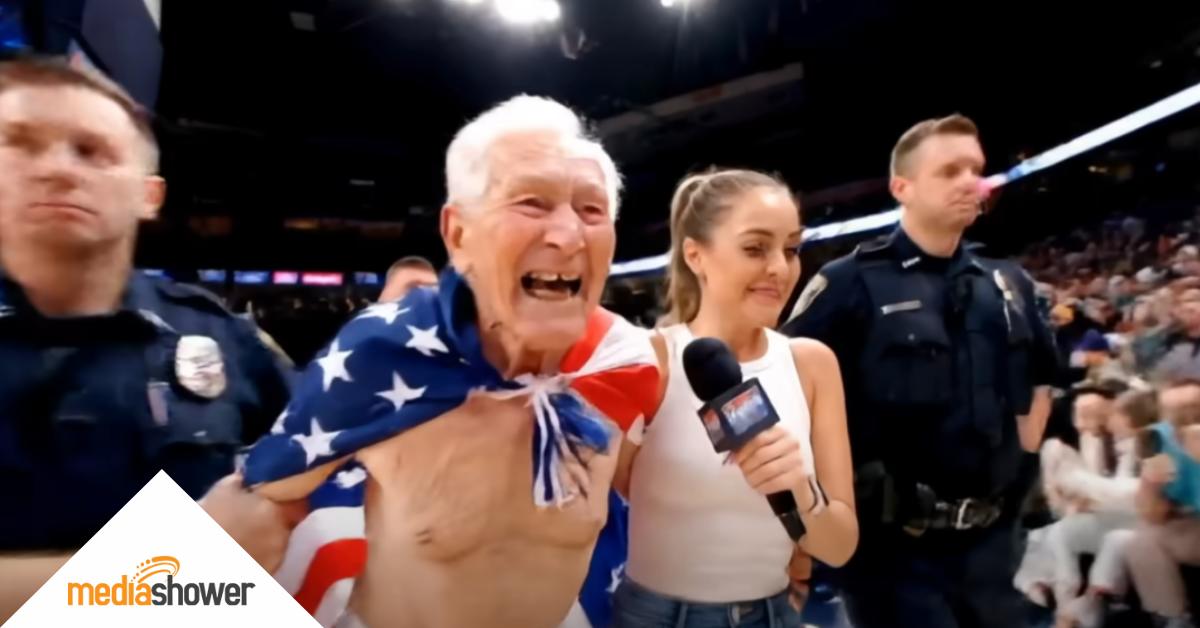
Quick Summary
- Kalshi’s AI-generated NBA Finals ad cost just $2,000 and took two days to produce using Google’s Veo 3.
- It has generated over 3 million views on X alone to become a viral case study in the future of marketing production.
- The video showcases how AI tools can deliver rapid, low-cost, culturally relevant campaigns on a budget.
Chaos meets prime time in Kalshi’s AI-generated NBA finals ad. An elderly man cradles a chihuahua like a newborn. A farmer bathes in a swimming pool of eggs. A runaway bride evades police on a golf cart.
This unhinged, low-resolution fever dream aired during one of the most expensive time slots on television. And it stuck the landing.
What makes this ad matter isn’t just its surreal aesthetic. It’s the fact that it was entirely AI-produced, from script to screen, in under 48 hours. In the middle of the NBA Finals. For $2,000.
This deliberate experiment might just rewrite the rules of marketing production.
The Players
Kalshi is a prediction market platform where users bet on anything and everything. Nothing is off limits—economic reports, celebrity breakups, and apparently the price of eggs.
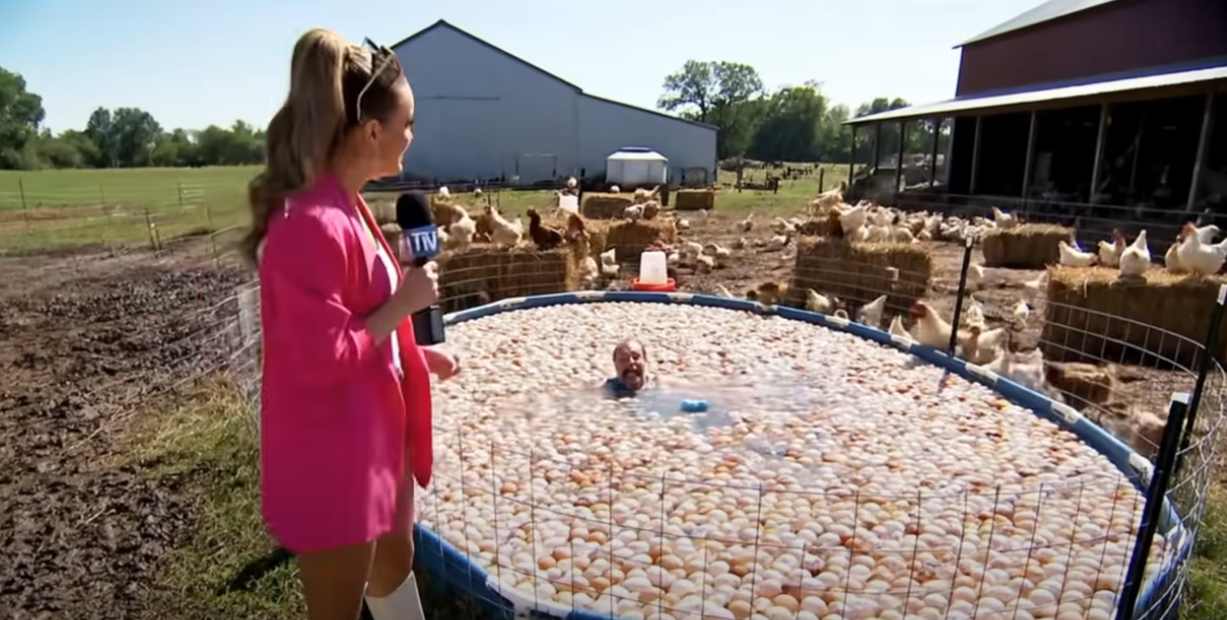
Imagine the stock market, but for weird questions.
PJ Accetturo, the ad’s creator, is a self-taught AI filmmaker who got his break after Mr. Beast slid into his DMs. Instead of shooting video, Accetturo engineers it with AI.
His tool of choice for this project was Google’s Veo 3, a still-beta video model with native audio generation and a penchant for realistic weirdness.
From Script to Screen in 48 Hours
Accetturo described the creative vision as GTA VI meets Florida Man energy. The process was as chaotic as the concept:
The script: Co-written with Google’s Gemini AI
The video: 300-400 clips using Veo 3
Final cut: 15 usable shots stitched together via traditional editing tools
There was no million-dollar shoot. No boom mics or craft services. Just one guy and a laptop are creating a subtle difference between working in underwear vs. traditional commercial productions that take multiple people and weeks to produce.
Why It Went Viral
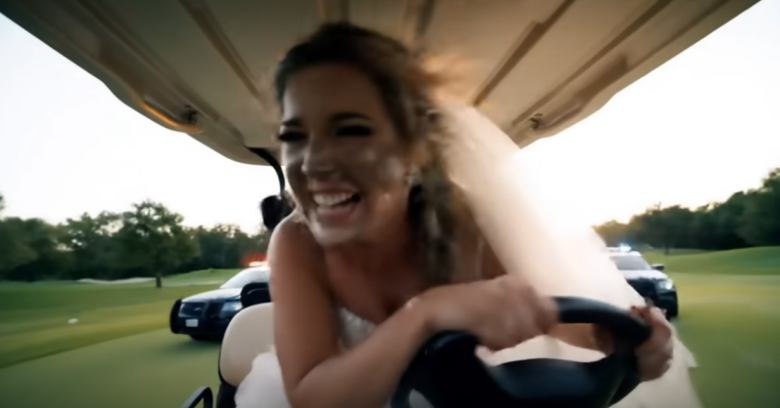
Several ingredients make this campaign explode:
- Novelty meets newsworthiness. AI-generated ad + NBA Finals = guaranteed media curiosity.
- Lo-fi on purpose. The raw, glitchy aesthetic didn’t hide a low budget—it was a creative choice. Viewers saw the scrappy style as part of the ad’s attitude.
- Gaming culture fluency. The GTA-esque trailer vibes hit the sweet spot for the target audience: gamers and Gen Z viewers.
- Audience intrigue. Was this really made by AI? Curiosity fueled shares, comments, and reactions.
- Built-in buzz. AI-generated content is the news right now. Kalshi just gave the story a stage.
The Outrageous Economics
A typical NBA Finals commercial costs $250K-$500K to produce. Accetturo produced one for $2,000 plus a freelance creative fee.
Either the math isn’t mathing, or a 95% lower production budget is actually feasible. For context, some Super Bowl ad budgets now top $31 million, including media buys.
AI lowers the cost of failure so dramatically that marketers can afford to test, scrap, and rerun concepts like never before.
In this case, Kalshi didn’t have to bet the farm. They bet a flea market and got front-row seats.
Why This Changes Everything
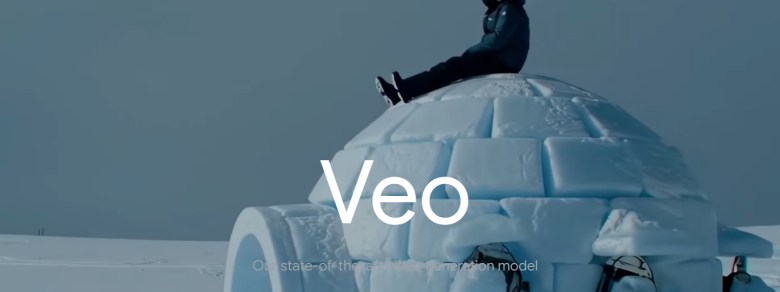
AI is speeding up production time, lowering costs, and changing the rules of marketing. The impact could be far-reaching.
- Creative democratization. With access to tools like Veo 3, anyone with a vision can create something compelling (or confusing) enough to earn prime-time exposure.
- Audience recalibration. Viewers are more open to lo-fi visuals if they’re weird enough to be interesting.
- Speed as strategy. Two-day turnarounds let brands respond to real-time cultural moments instead of prepping for Q4 campaigns eight months out.
- Story-first advertising. The ad being AI-generated became part of the story. It was an ad and an experiment viewers wanted to dissect.
The Reality Check
The campaign wasn’t an automatic slam dunk. Marketers still approach AI generation with a healthy (and necessary) degree of caution, so it’s no surprise this campaign wasn’t universally praised.
- Mixed reviews. Some praised the boldness. Others didn’t understand what they were watching.
- Technical constraints. Veo 3 currently maxes out at 720p. Each clip is eight seconds long. Accetturo extracted only 15 usable clips from 400 attempts.
- Scalability concerns. Not every brand can afford to confuse viewers for the sake of buzz.
- Authenticity questions. The conversation quickly turned philosophical: Can AI ads be “authentic”? Do they need to be?
Marketers will need to balance innovation with clarity, especially for brands with more at stake than Kalshi’s wild west ethos.
The Future Is Here (And It’s Weird)
Accetturo predicts that high-dopamine, lo-fi AI ads will become the visual language of 2025.
Major players like Disney and ABC are greenlighting these experiments for air, and the signal is clear: AI is distorting creativity into new, shareable shapes.
The real shift? Tiny brands with tiny budgets can now punch at the weight of Fortune 500s. But speed and style alone won’t guarantee success. You still need vision, timing, and a willingness to look absolutely unhinged in service of standing out.
The only real question left: Will you take the three-pointer or wait for your competitor to do it first?
Marketer Takeaways
- Test fast, fail cheap. Rapid iterations mean smarter creative bets.
- Style can be substance. Lo-fi breaks through when it feels intentional.
- AI needs strategy. Tools like Veo 3 require human vision to shape standout stories.
- Embrace the story behind the story. The production method can become part of the narrative, and viewers love it.
- This is only the beginning. Expect more hybrid ads that blend AI speed with human creativity.
Media Shower’s AI marketing platform helps you create viral campaigns for a fraction of the cost. Click for a free trial.
